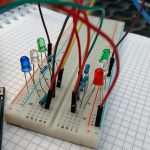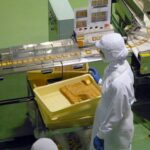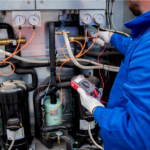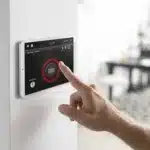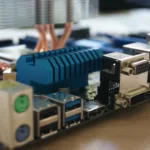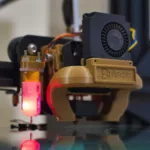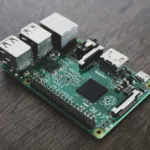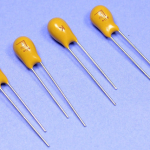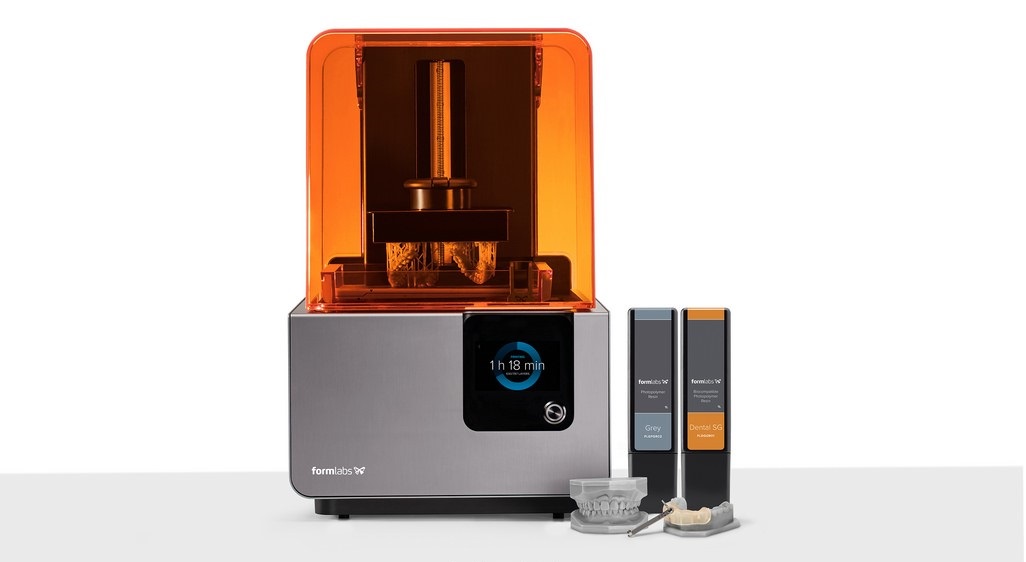
Formlab and 3D printing
Formlabs is a Boston-based startup that started off as a crowdfunded venture half a decade ago. Its first product was the Form 1. Form 1 was designed to bring down the price of stereolithographic printing to manageable levels. It was a true hack. Despite a few flaws that came with it, people loved the Form 1. Over the years Formlabs has broadened its product base to comprise the Form 2 printer and now the Form Cell. Even in its growth, Formlabs continues to straddle between desktop and industrial 3D printing by offering professional level, high-resolution printing solutions in both portable and affordable form factor.
3D printing for manufacturing
Formlabs’ decision to move to 3D printing for manufacturing was partly informed by the fact that approximately 95% of Formlabs existing customers are professionals with hobbyists constituting the smaller percentage. This is according to Formlabs CEO Max Lobovsky. Form 1 and 2 printers were developed for prototyping, but they have since made their debut into the novel world of 3D printing for manufacturing. They are mostly used for biomedical devices, for instance, dental implants as they require a high degree of customization. According to the company’s CEO, approximately 5 million people around the globe have used 3D printed products with the dental products forming a huge chunk of them.
Formlabs’ concept of 3D printing for manufacturing is not exactly mass manufacturing. It, however, represents a direct line from the 3D printer to the consumer. This is evidenced by their new product, the Form Cell. Form Cells marks the onset of scalability with regards to Formlabs’ desktop offering. Its principle is pretty much like Statasys’ Continues Build 3D Demonstrator. It is comprised of a number of 3D printers networked to form a single system. However, unlike Stratasys’ system, companies will not be required to start from scratch.
Form Cell
Form Cell comprises 5 Form 2 printers and Formlabs’ new wash and cure system that helps in putting the finishing touches on the prints by immersing them in alcohol then cleaning them and scanning with light to complete the curing process. There is a robotic arm that is attached to the rig that helps move the rig from one station to another.
All the processes are controlled remotely. The system can be operated with no one being present. It’s a simple and straightforward solution. You just put together a group of existing machines into a new remote-controlled network. Such an admirable modular solution! However, it does not come cheap. It has a combines cost of approximately $20,000 for the printers and a couple of thousand dollars for the remainder.
New Balance, an athletic footwear manufacturer is expected to be one of the first companies to take advantage of this new small-scale manufacturing. New Balance will start using Form Cell to manufacture 3D printed footwear
The 3D printing consumer hype
The company has so far managed expectations quite well despite the hype surrounding the industry. There have been huge expectations about mass production from investors, press, SMEs and enthusiasts alike. However, Formlabs has been able to manage these expectations and prosper under the radar. They intend to continue keeping the low profile while focusing on their promise of delivering 3D printers in every home. The company’s CEO estimates that there about 25,000 of their printers out in the world. This is more than all the other companies combined. This can be attributed to their ability to offer professional level printers at a fraction of the price of industrial machines. They intend to continue this trend while experiencing steady growth.
Products in the pipeline
Formlabs is on the verge of launching Fuse 1 that aims to do for SLS what Form 1 did for SLA. It intends to deliver prohibitively expensive technology at a fraction of the cost and the size of what is available at the moment. The Fuse 1 will cost 20 times less than the current price of the cheapest SLS machine currently. It will also be smaller in size. The SLS technology is similar to the SLA technology only that instead of curing liquid resin, the UV light sinter powder melts it into a solid object.
Max Lobovsky the CEO, while acknowledging that Fuse 1’s appeal is strong, he further revealed they expected limited demand due to its pricing. He further explained that they do not anticipate the same volume of demand as that they have experienced for Form 2. They, however, anticipate achieving what they did for SLA. They project that they will sell more of these printers more than all their competitors combined.






